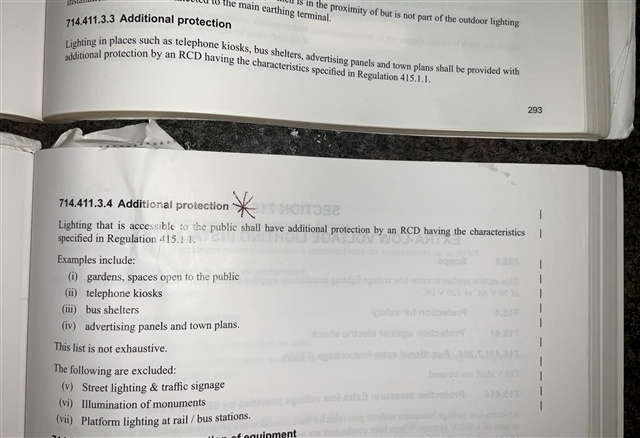Hi
We're doing an EICR at a local tennis club. It has a number of 3 phase floodlights mounted on galavanised columns illuminatimg outdoor tennis courts.
They are earthed via an exported PME TNCS system which was surprising because we'd imagined they would have sunk an earth rod at each column and not exported the PME.
The location is open to the public. Circuits not 30mA RCD protected foir additional protection.
I'm no
Many Thanks for your help


